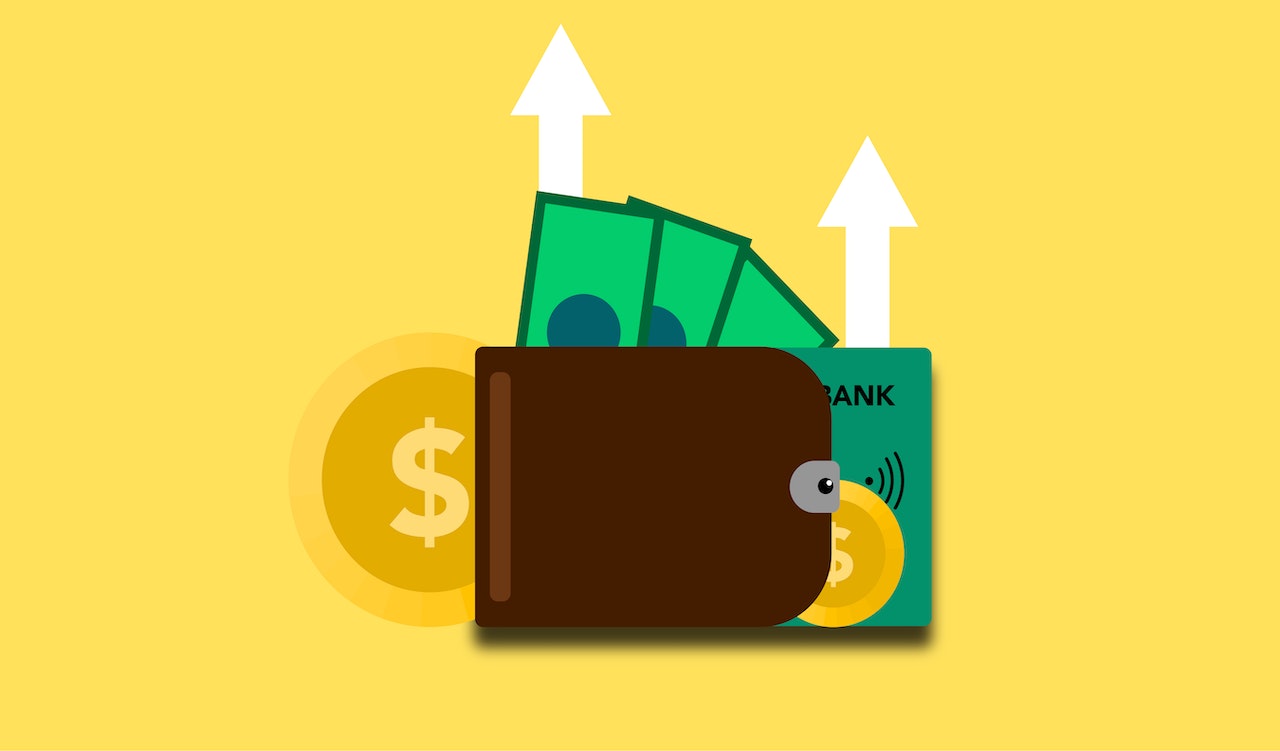Comments
- No comments found

When it comes to investing, there are a lot of different options to choose from.
If you're looking for a high return on your investment, you may want to consider peer-to-peer lending. In this article, we will discuss 6 tips for investing in P2P lending. We'll cover everything from how to get started to the risks involved in this type of investment. So if you're interested in learning more about P2P lending, keep reading!

To get started, do your research and learn about the different types of P2P lending platforms. Some common features to look for include:
Once you have a good understanding of the different types of P2P lending platforms, you can start to compare them. When comparing P2P lending platforms, be sure to look at:
If you're looking for a regular income, then you should focus on P2P platforms that offer fixed-rate loans. These platforms will typically have lower returns than those offering variable rates, but they will also be less risky.
If you're more interested in capital growth potential, then you should look for platforms that offer higher returns. Furthermore, with p2pempire.com people can find the most comprehensive list of P2P platforms, you can find the one that best meets your needs. And remember, when it comes to investing in P2P platforms, higher returns usually come with higher risks. Therefore, it's important to understand your own risk tolerance before deciding which platform is right for you.
When it comes to P2P, it's important to know that there is a higher level of risk involved than with other types of investments. This means that your investment could lose value in the short-term but has the potential to generate higher returns over the long term.
If you're comfortable with a higher level of risk, then investing in P2P may be a good fit for you. However, if you're risk-averse, then you may want to consider other investment options.
As with any investment, it's important to diversify your portfolio to minimize risk. Picking a few different loans from different platforms and borrowers can help you mitigate losses if one loan goes bad.
Additionally, remember that returns are not guaranteed - even if a borrower has a good track record, there is always the potential for defaults. By spreading your money around, you can minimize the impact of any one bad loan.
Here are a few other tips to keep in mind when investing in P-to-P loans:
With PFP lending, your portfolio is constantly changing as loans are repaid and new ones are funded. As such, it's important to review your portfolio on a regular basis - at least once a quarter - to ensure that it is still in line with your investment goals.
If you notice that a particular loan or loans are not performing as well as you had hoped, you may want to consider selling them off and reinvesting the proceeds into other loans.
On the other hand, if your portfolio is outperforming your expectations, you may want to take some profits off the table and reinvest them elsewhere.
Either way, it's important to stay on top of your P2P lending investments and make adjustments as needed.
Once you've invested in P2P lending, it's important to stay up-to-date on news and events that could affect the market.
For example, if there is a change in interest rates, this could impact the profitability of your loans. If there is a recession or financial crisis, this could lead to more defaults and higher losses.
By staying informed, you can be proactive in making changes to your portfolio as needed. This will help you minimize losses and maximize profits over the long term.
These are just a few tips to get you started in P2P lending. If you're looking for more information, there are plenty of resources available online. With a little research, you can find everything you need to get started and be successful in this exciting investment opportunity.

Lastly, these are six tips that will hopefully make your Peer-to-Peer lending investment journey a bit smoother. Do your research, start small, and always remember to diversify! And as with any investment, don’t forget to monitor it regularly. With a bit of luck and some smart financial planning, you should be able to earn a healthy return on your Peer-to-Peer lending investment.
Leave your comments
Post comment as a guest